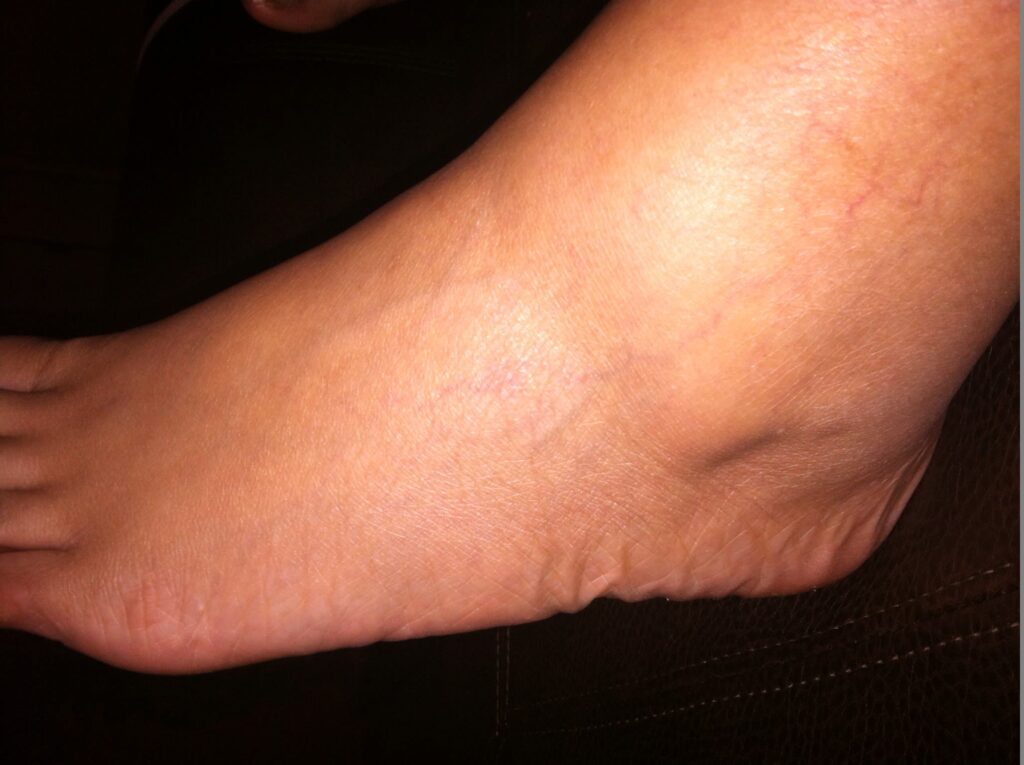If you regularly experience foot cramps and other foot pain, you could have an autoimmune disease that impacts your joints and muscles. Many people with lupus experience foot cramps. However, lupus symptoms mimic many other illnesses, so it requires a diagnosis from a trained professional. Learn more about lupus foot cramps ask your provider about the disease.
Autoimmune Disease
Foot pain is a common symptom of multiple autoimmune diseases, including:
- Arthritis
- Diabetes
- Lupus
- Tendonitis
- Tendon laxity
How can you tell whether foot pain is a symptom of lupus or another autoimmune disease? General care doctors not trained in joint and muscle pain often misdiagnose lupus as other disorders rather than the root cause. Lupus is when your immune system attacks your tissues and organs. This results in inflammation and joint pain. Since the feet are predominant in your lifestyle, it’s often the most noticeable pain. In fact, 75% of lupus patients experience foot pain.
Symptoms
Autoimmune diseases occur when a person’s immune system attacks itself because it mistakes healthy tissue for viruses or bacteria. This can cause inflammation in joints such as the ankles, feet, or toes. Does lupus affect the bottom or top of your feet? Lupus affects the joints, including the ankle and toes, which can cause top-of-the-foot pain. However, Lupus ball of the foot pain is prevalent on the bottom. Color changes in the feet are related to a vascular issue and require a cardiologist or vascular surgeon.
Lupus symptoms people may experience include pain or tenderness, swelling, stiffness, extreme fatigue, skin rashes, fever, sun sensitivity, numb or discolored fingers or toes. A person may experience times when their symptoms flare and times in remission when they feel well.
 Symptoms of lupus in women and men are similar. However, women are more likely to get lupus than men. Some early signs of lupus in females and males include:
Symptoms of lupus in women and men are similar. However, women are more likely to get lupus than men. Some early signs of lupus in females and males include:
- Fatigue
- Fever
- Joint pain and stiffness
- A butterfly-shaped rash on the face
- Skin lesions
- Toes that turn white in the cold
- Shortness of breath
- Chest pain
- Dry eyes
- Headaches
- Lupus toenails that crack or fall off
If foot pain from lupus goes untreated, it can lead to more severe conditions, including vasculitis and potentially amputation. It can also interfere with daily life, as foot pain can limit mobility. That’s why visiting a rheumatologist is crucial as early as possible to limit the long-term impact of lupus on your feet.
Diagnosis
Doctors can’t detect lupus with a single test. Instead, they perform a series of labs to eliminate potential causes and narrow it down to lupus. Some examples of standard labs you’ll undergo include:
- Complete blood count
- Erythrocyte sedimentation rate
- Kidney and liver assessment
- Urine analysis
- Antinuclear antibody test
If you receive a lupus diagnosis, you have several treatment options. The most common are anti-inflammatory drugs, antimalarial drugs, corticosteroids, and immunosuppressants. These all prevent the inflammation from lupus and counteract the attacks on your body.
You’ll also monitor your body and note any changes to your care provider to improve your diagnosis. Since lupus causes low circulation in the feet, poor nerves, and foot deformities, you may notice additional symptoms or related diseases that you’ll need to treat early.
How to Treat a Lupus Flare-Up in Feet
Your goal in treating lupus flare-ups in feet is to limit the pain and avoid complications. One major complication is ulceration which causes serious infections. Here are some ways to care for your feet before and during flare-ups:
- Avoid callouses through proper padding and care
- Wear proper-fitting footwear
- Practice daily foot hygiene
- Check your feet daily for potential injuries or callouses
- Some treatment options to help manage symptoms of lupus may include pain medication including NSAIDs, antimalarials, or corticosteroids.
- A healthy diet and exercise will ease symptoms.
- Complimentary therapies such as acupuncture or chiropractic treatment.
Prevention
Receive regular foot care from an approved medical professional. Your medical professional can perform more thorough foot examinations. These examinations catch issues early so you can receive preventative care to avoid more severe problems.
Early Intervention Is Best
With proper care from a knowledgeable professional, you can have a high quality of life even with lupus pain in your feet. Because doctors often misdiagnose lupus, you’ll receive the most precise diagnosis and treatment from a professional rheumatologist specializing in joint and muscle pain.
Don’t let foot pain get you down CONTACT US:
Dr. Manooj Prasad at Garden State Foot & Ankle Group of Toms River is a highly-experienced podiatrist with a mission to help those suffering from foot, ankle, and lower leg issues. He offers personalized care while considering each patient’s individual lifestyle needs so that the best possible treatment can be administered. Based in both Essex County and Ocean County in New Jersey, service towns include Toms River, Jackson, Belleville, Montclair, Lakewood, Cedar Grove, Caldwell, Manchester, Millburn, Livingston, Lakehurst, and many more! For more information, you can contact us today at (732)557-9900 (Toms River) or (973)450-3035 (Belleville) or explore our website.

0 Comments